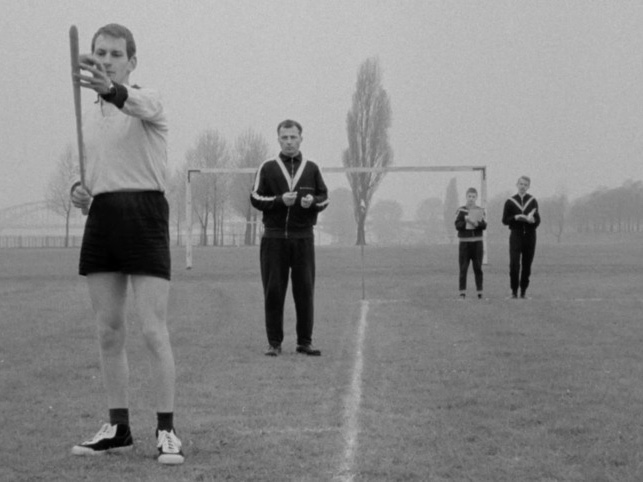
As the directors hopscotch across the chronologies of Heinrich Böll’s novel, moving freely between the 1910s Kaiser autocracy and the 1950s Adenauer economic miracle, they chart the origins and legacy of Nazism, and the moral demands of obedience and sacrifice within the German bourgeois family.
EN
“The film was my first encounter with Huillet-Straub. I was a first-year student at the Deutsche Film- und Fernsehakademie Berlin and didn't have full command of the German language, so as the 35mm print rolled on dialogue and story went over my head. On the other hand, I was left with the feeling of witnessing a cinematic language that spoke loud and clear. A language that spoke of the world with a precision and concentration I had never experienced before. There's one image that I will never forget: a lady in a noble suit (including a hat), filmed from behind, standing on a balcony with a view filled to the brim of the Cologne Cathedral, about to fire a gun toward the right side of the frame. I know she is shooting an antagonist; I understand she is taking revenge; I feel the weight of History.
The film is based on a novel by Heinrich Böll, "Billard Um Halbzehn", written in 1959. Böll was the chronicler of West Germany, of post-war Germany. He depicted a country that was living with the ghosts of Nazi Germany. He made it possible to feel what it must have been like to live side by side with the man who killed your wife and who is now running for mayor. A society that had not yet taken stock. The film was made in 1965, a good twenty years after the war, but still three years before the '68 uprising. The title cuts to the chase: 'Nicht versöhnt... oder es hilft nur Gewalt wo Gewalt herrscht' (Not Reconciled, or Only Violence Helps Where Violence Rules). It encapsulates what the movie, as well as Böll's writing, accomplishes: exposing the violence that permeates a people not reconciled.
I revisit the movie fifteen years later. I now understand what is being said, but I am no less confused or fascinated. The narrative is told through a voice-over and jumps freely between past, present and past tense, and thus also between the main characters. The images also create a narrative space that, as often as not, takes place outside the picture frame. The accurately selected sections of rooms and places show only what is necessary. Huillet-Straub is not trying to create the perfect illusion that will ease us back into past times and overwhelm us with its richness of detail – im Gegenteil - it is about reducing, peeling off, showing the essential, getting to the core, to a truth that reveals itself when the staging puts itself on display. Brecht is quoted at the beginning: "Anstatt den Eindruck hervorrufen zu wollen, er improvisiere, soll der Schauspieler lieber zeigen was die Wahrheit ist: er zitiert." By showing "that they are quoting", the actors - and the movie as a whole - make room for emotional revelation. The words emerge in their full power. Violence is made visible in language. The relationship between people becomes more apparent in the carefully composed images. As if quotation is a more powerful shortcut to the real meaning - perhaps even the only way - to the horror we cannot see. For by what other means could one show such a chilling depiction of a society, of post-war Germany?”
Anna Sofie Hartmann1

